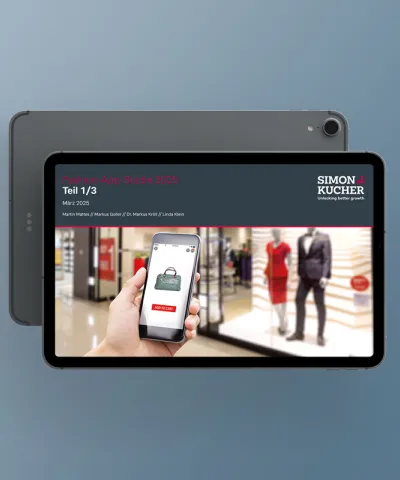Sustainability is going to change business more than most companies realize. Those that commit to this goal have the potential to boost sales, significantly outweighing the costs of the changes. Working toward sustainability releases an innovative drive that can ultimately lead to companies reinventing themselves. It is regrettable that the focus is too often put on the challenges along the way instead of on the enormous upside – especially from a revenue and profitability perspective. We are convinced that the 2020s will be the decade of sustainability, just as the last was the decade of digitalization.
Discussions about sustainability and renewables often circulate around costs and challenges, but embracing sustainability, much like digitalization, will lead to opportunities to increase sales as well as profitability. Solar energy, for example, is on its trajectory to become the cheapest energy source in the world. And living in the wake of digitalization has shown us how established players have been outmaneuvered by digital challengers.
What we see is how digitalization can force large companies to reinvent themselves to survive the competition from digital challengers. Countless companies have failed, such as Kodak, who did not take advantage of their digital camera, losing unimaginable amounts in unrealized revenue. Sustainability will be even more impactful than digitalization, as in addition to pressure from customers, laws and regulations will force companies to change. Ford failed to digitize and turn into the “Facebook” for cars in the 2010s; how will General Motors succeed in turning its entire fleet into electric cars in the 2020s?
Digitalization is a factor that enables a profitable transformation to sustainability. It is said that Socrates once stated that “happiness does not come from ownership, but from the use of a product” - which is the cornerstone of today's sharing economy. But until recently, the sharing economy was not realistic because usage could not be measured properly. One had to measure the created value by charging for a car and not the value of getting from A to B. Digitalization has changed this. Sensors can now guarantee that usage is measured accurately and objectively. The value of the use of the product can be measured much more easily and cheaply. Socrates would be very pleased. This means that “throwaway culture” will lose ground against the long-lasting, sustainable alternatives.
More specifically, we see that value-based pricing and sales will be central to a sustainable company. From a commercial perspective, we already see today:
- Price-premiums for sustainable offers: Customers are willing to pay for sustainable alternatives
- Emergence of the sharing economy: More and more customers opt out of ownership in favor of sharing services
- More innovative offer- and price-models: More sustainable products will be more difficult to sell as a single transactions since the possible price increase in a single rate can seldom be as high as the true increase in value and quality. The solution will be to change the pricing model. Michelin, for example, changed the price model from price per tire to price per kilometer in order to draw profit from making their tires as durable as possible
- Stronger “storytelling” and sales: Customers are more aware and well-informed. Brands must have a clear profile with a convincing and appealing value story.
We have supported many companies in their transformation, by helping them to capture the opportunities that sustainability brings. Some of the most concrete advice we can give to unlock the commercial potential of sustainability is:
- Reposition your brand: Be sure to highlight that your brand is genuine about sustainability to convince your well-informed, sustainability-conscious customers
- Offer environmentally-friendly and sustainable product options: This will help transform the company's operations toward environmentally-friendly processes while making it possible to capture the higher willingness to pay for sustainable alternatives
- Review your offer and your pricing model: Review how to package and charge for your offer. A guiding example is the car manufacturers that now set up their own car-sharing services, allowing customers access to a number of cars paid for based on usage – that is, per kilometer or per hour
- Apply value-based pricing: Sustainable products last longer and can generate intrinsic value for their users, cost-based pricing does not capture this – be sure to charge for the value you create.
As during the digital age, companies must not be passive. Doing nothing runs the risk of being outcompeted by a new, sustainable challenger. Companies should therefore not reluctantly adapt to a minimum – but rather identify and capture the full potential of sustainability. This is what we call a "win-win-win": profit for your company, value for your customers, and benefit for our shared world. Make sure your company is a leader in the 2020s.








